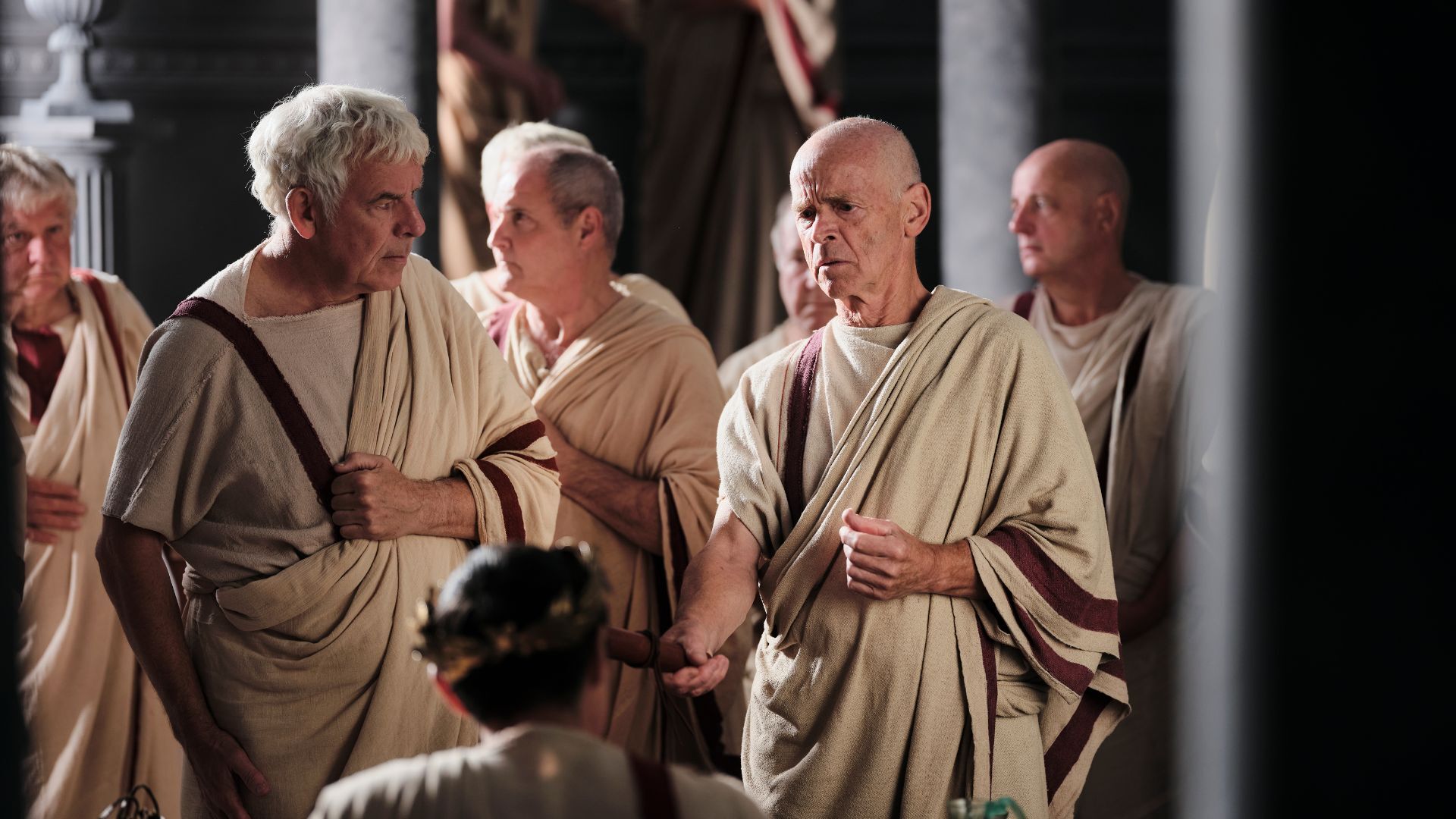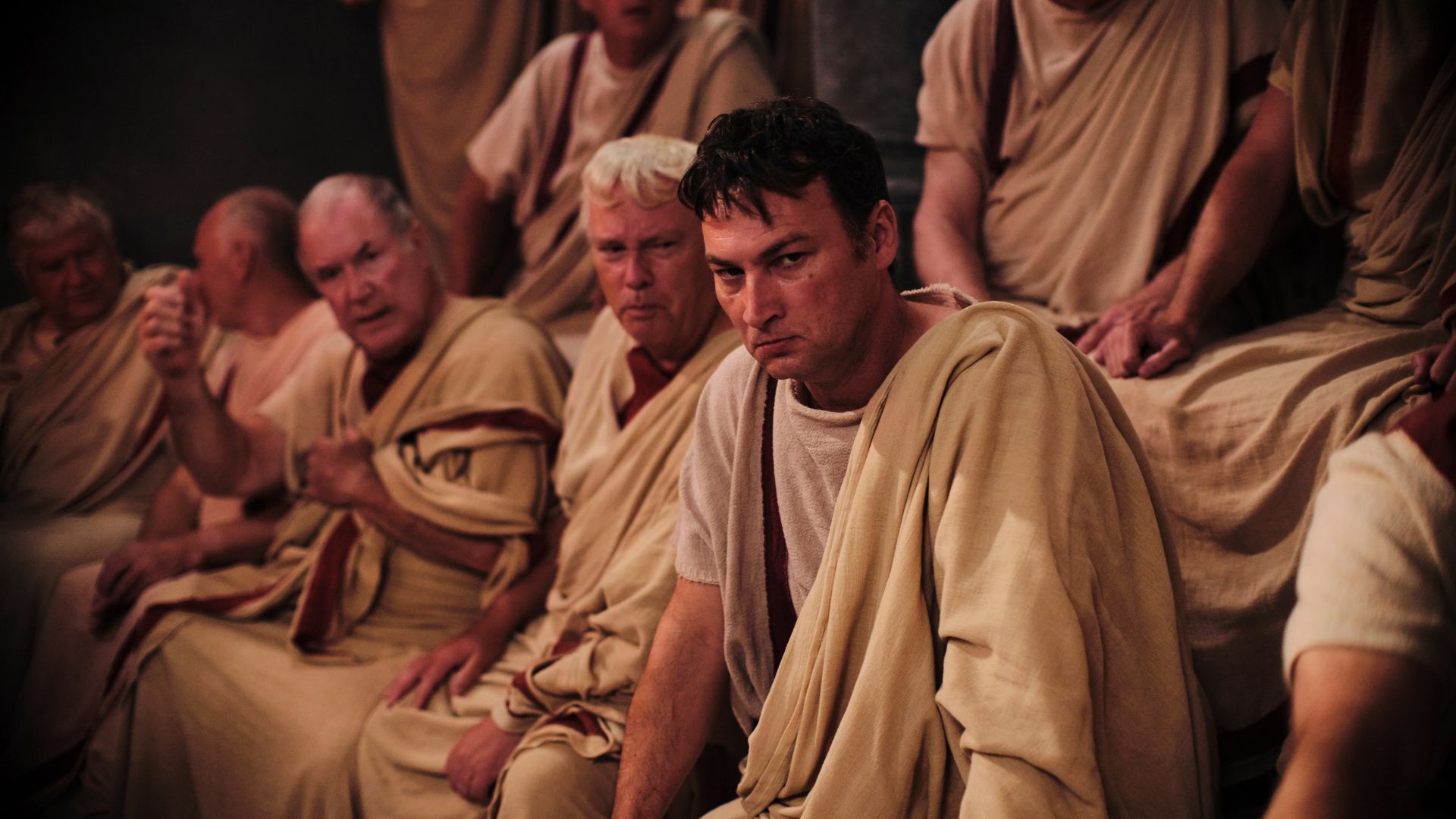Discover the History of the Roman Senate

Before Caesar ruled the Roman Republic, this expansive stretch of territory was a democracy governed by a Senate and several high-ranking elected officials. While this early form of Roman government had some titles that might sound familiar to us today – senator and dictator, to name a couple – those roles held vastly different responsibilities compared to contemporary positions.
Read on to learn more about how the Roman Senate operated, what the different roles were within the Roman Republic, and the qualifications it took to be elected as a Roman official. And you can find more information in the series Julius Caesar: Making of a Dictator, now streaming on PBS.
An Overview of the Roman Senate
The Roman Republic emerged in 509 BCE following the expulsion of its long-standing monarchy. Critical to the Republic’s foundation was an emphasis on forming a representative democracy that allowed Romans to exercise shared power.
In its earliest form, the Senate – consisting only of members of the patrician class – acted more as an advisory council to other governing bodies. While the Senate did not originally possess formal powers, it eventually acquired further authority over time, with senators exercising decisions on both domestic and foreign policy.
Over the centuries following its formation, the Senate was repeatedly tested by both internal and external forces, most notably by the power-hungry politician and military general, Julius Caesar. On March 15, 44 BCE, a group of senators, in a collective, coordinated effort, assassinated Caesar in the hopes of thwarting his burgeoning, tyrannical power. In the end, however, the ruthless act plummeted Rome into further chaos, and out of the disarray, the Roman Empire was born. While the Senate still maintained its role as a legislative body, its powers wavered under imperial rule.
How many Roman Senators were there?
The number of senators elected to government varied throughout the history of the Roman Republic, but typically averaged from 300 to 600 senators. By the time Julius Caesar assumed his role as dictator, however, he increased the number of serving senators from 600 men to 900.
How long were Roman Senators elected for?
Once elected to government, senators remained in their posts for life unless they were convicted of a crime or impeached by a censor.
Who was qualified to be elected to the Roman Senate?
During the early period of the Republic, every sitting senator came from an elite family, or what was known as the patrician class. Only men could serve as a senator and many tended to have military experience.
Roman Senate Ranks & Elected Offices
The Roman Senate was structured in a strict hierarchy. Once elected, an ambitious senator had the opportunity to work his way up through the different ranks of magistrates; these included the quaestorship, the aedileship, the praetorship, and, ultimately, the consulship.
Dictator
Under an extreme period of crisis, the Roman Senate possessed the power to elect a dictator, a temporary position that was held for a maximum of six months. A dictator was authorized greater centralized, executive power in the hopes that he would be able to more effectively address the scope of pressing issues.
In 46 BCE, upon his victorious return to Rome, Julius Caesar set forth a plan to take on the role of dictator. However, rather than hold the position for six months, he proposed a break from tradition: a 10-year tenure. While reluctant, the Senate eventually approved his provision, but on the condition that his position was reviewed every year. But when Caesar revealed his desire to become a dictator for life, the Roman senators realized drastic action had to be undertaken to stop him.
Support your local PBS station in our mission to inspire, enrich, and educate.
Consul
During normal periods of government, the Roman Republic operated by a two-consul rule system where two politicians were elected by legislative assemblies. Each consul served for a one-year term and presided as the key figurehead over the Senate. Consuls also had command over the Roman military.
Aedile
Below the rank of consul was the aedile, a position held by four elected senators for a one-year term. An aedile was in charge of overseeing Rome’s public works – from assessing the city’s roads and water supply to maintaining its buildings and temples.
Praetor
Praetors sat below aediles and supervised judicial proceedings over the courts. Praetors also held the responsibility of supervising the production of public games. Praetors were considered senior magistrates and were granted similar executive powers to that of consuls, such as commanding the army when required.
Quaestors
Only Roman citizens aged 25 or over, with both military and administrative experience, could become quaestors, the lowest rung on the government ladder. A quaestor’s primary duty involved presiding over financial tasks, such as collecting taxes or overseeing treasures.
Tribune
Tribuni plebis (or “tribunes of the people”) emerged as a role during the 5th century BCE. At the height of the Republic, tribunes acted as a key intermediary role between the Roman Senate and the everyday people of Rome. Tribunes primarily served as a check on the senate’s authority as a means to protect the interests of plebians.

Factions in Ancient Rome
In the late period of the Roman Republic in which Julius Caesar came to power, the Senate was divided into two factions: the Optimates and the Populares. Unlike the modern-day two-party political system in the U.S., factions were not divided by strict political affiliations and instead operated as general ideologies.
Optimates
The Optimates consisted of a group of politicians who believed that the government should rest solely in the hands of the conservative elite. Optimates focused on upholding traditional Roman values. Cato, a fierce and long standing rival of Caesar, fell generally into the Optimates camp, as compared to Caesar, an outspoken Populare.
Populares
Contrasting with the Optimates, the Populares were made up of a group of representatives who believed that the plebeians, the common people of Rome, deserved a significant say in governmental order.
Interested in more ancient history content? Stream "Julius Caesar: The Making of a Dictator" on PBS and check out our other great Roman history documentaries!

The best of PBS, straight to your inbox.
Be the first to know about what to watch, exclusive previews, and updates from PBS.


